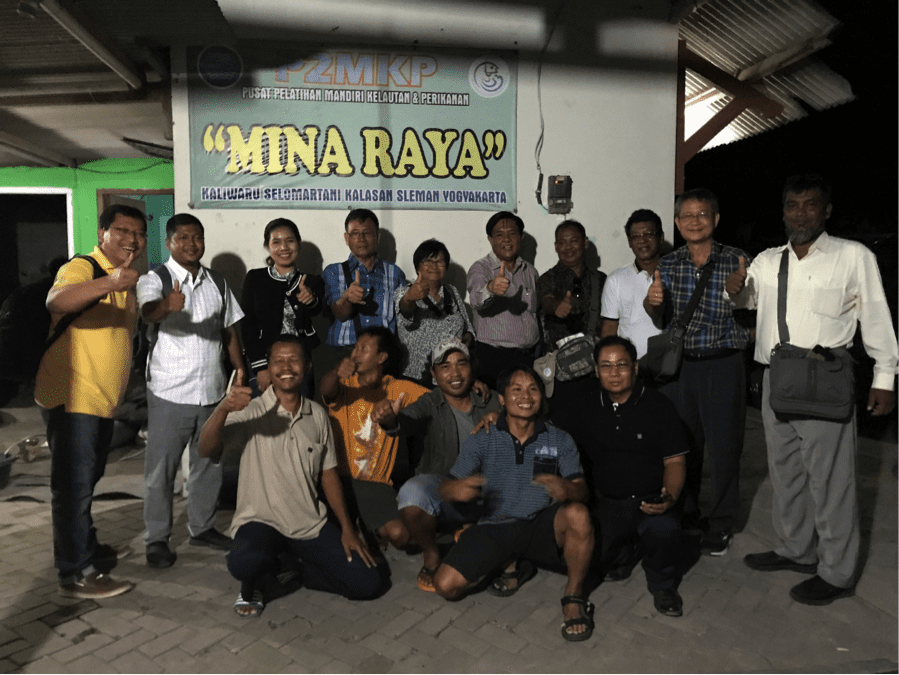USSEC Organizes Intra-Regional Trip to Indonesia for Myanmar Aquaculture Stakeholders
- Category:
- Aquaculture
- General News

USSEC hosted an intra regional trip to Indonesia for Myanmar aquaculture stakeholders September 8 - 15. Ten participants, all industry leaders in their regions, from different parts of Myanmar participated.
The team visited recirculating aquaculture systems (RAS) grouper grow out farms, 50 kilometers from the sea. Participants were interested to learn how to get seawater by mixing different kinds of minerals to culture hybrid grouper (tiger and giant grouper). This farm sells live grouper to restaurants and uses only U.S Soy-based formulated feed. The delegates visited both traditional and intensive shrimp farms. The intensive shrimp farm visited has a good water effluent treatment system, the only one in the region, making it interesting for the participants to learn how much discharged water can affect the disease and water quality issues in shrimp farming. They also paid a visit to a tilapia hatchery, nursery, and grow out farms in both ponds and cages. Indonesia has developed its own tilapia strain by using male Nile tilapia from Singapore and female from GIFT strain. They got red tilapia, which can tolerate a wide range of salinity (0 to 25 ppt), which can be cultured in fresh water, brackish, and seawater. On the last day, the Myanmar team had the chance to visit a processing plant that exports black tiger shrimp to the Japan and EU market.
Overall, the trip provided the Myanmar stakeholders with confidence and a better understanding of tilapia farming in Indonesia. Unlike the Philippines, Indonesia has tilapia for both the domestic and international markets. Indonesia exports tilapia to the U.S market. The visit was a great opportunity for Myanmar stakeholders to learn how Indonesian farmers can export their tilapia by using moderate technology.
Tilapia is an omnivorous species, and its diet utilizes more plant-based proteins such as soybean meal. It is a hardy fish and can grow in fresh, brackish, and marine water. Compared to most of South and Southeast Asia, Myanmar has a lot of land and water and there are many areas which have not been used for aquaculture production. The development of the tilapia industry in Myanmar will lead to a higher demand for U.S soybean meal because tilapia are water column eaters, making extruded floating feed the right feed for them.
